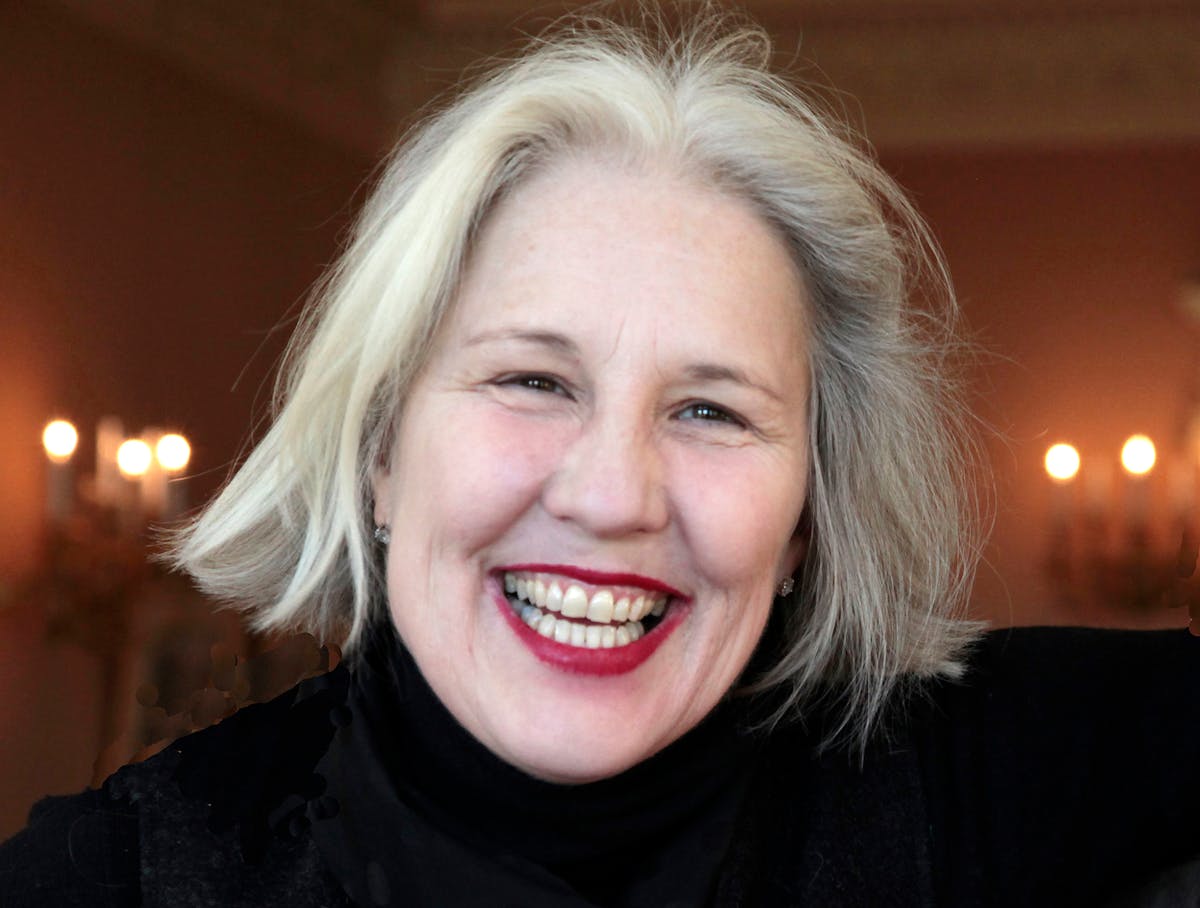Photographer Ann Marsden, who died last Sunday at 55, was an essential part of the performing-arts community in the Twin Cities.
Along with Michal Daniel, whose frenetic energy contrasts with Marsden's quiet intensity, she was the go-to photographer for many local theaters, dance companies and musicians.
Up until her diagnosis of cervical cancer in July 2010, there hardly was a week when I did not encounter an Ann Marsden image. Her photos often leapt above the promotional norm, as her subjects seemed to bare their souls to Marsden, conspiring to create provocative pictures that goaded, invited or seduced us into their worlds. Like most accomplished artists, she made her striking work look easy.
She did with her camera what directors do when they make their stage pictures. And she honored, and sometimes elevated, what they did by creating images reflecting essential moments.
But she was not limited to, or by, the stage. She photographed children, families and executives. She also photographed scenes in temples, street corners and wherever else she happened upon inspiration.
After her passing, many of her subjects have been updating their Facebook pages with a cavalcade of photos she took of them, a digital share-a-thon that unfurls Marsden's extensive network of friends and admirers as well as her keen eye.
There is actor Regina Marie Williams, her survivor's face not giving away any emotions in a still from Lynn Nottage's powerful war-and-prostitution-themed "Ruined." Marsden shot James A. Williams for Penumbra Theatre's "Fences," a simple image that telegraphed the whole story.
Other images include actor Stacia Rice at a moment that could have been captured somewhere in the Middle East: she melts into the blackness with everything covered but a slit of eyes. There is actor Molly Sue McDonald, facing us on the floor, in flight. There is a singing Austene Van at an old-style microphone in "Ain't Misbehavin'," captured looking inside-out as she spreads her flapper energy wide.
Let's not forget contemplative Mikhail Baryshnikov or joyful Bobby McFerrin, his dreadlocks flying over his eyes as he expresses pure delight.
Marsden's photos of famous, semi-famous and ordinary people give us things that we recognize with our emotional and aesthetic intelligence. We feel the energy and pulse of souls in her pictures as she draws out idiosyncrasy and eccentricity, vulnerability and strength. There is one in which actor Maggie Chestovich looks like a steely, determined Audrey Hepburn swimming in a background of dappled light. For pure delight and whimsy, she captured actor Zach Curtis dressed as a waving, 6-foot-tall chipmunk. One of Marsden's most memorable images is of a little boy, photographed from beneath, with one hand outstretched. He looks like the inspiration for a Michelangelo painting.
Marsden's work shows us that the art she first took up at 15, and that she described as a kind of spiritual awakening, continued to nourish her all the way through her too-brief life. We, in turn, get to partake of her spiritual pursuits every time something in her pictures moves us.
In chronicling the Twin Cities theater scene -- her images were in programs, posters and newspapers all over -- she helped shape it like few others. In the wake of her death, many are mourning her loss. But her legacy lives on in what her images evoke in us. Marsden brought to her subjects her own striking light.
Rohan Preston • 612-673-4390
